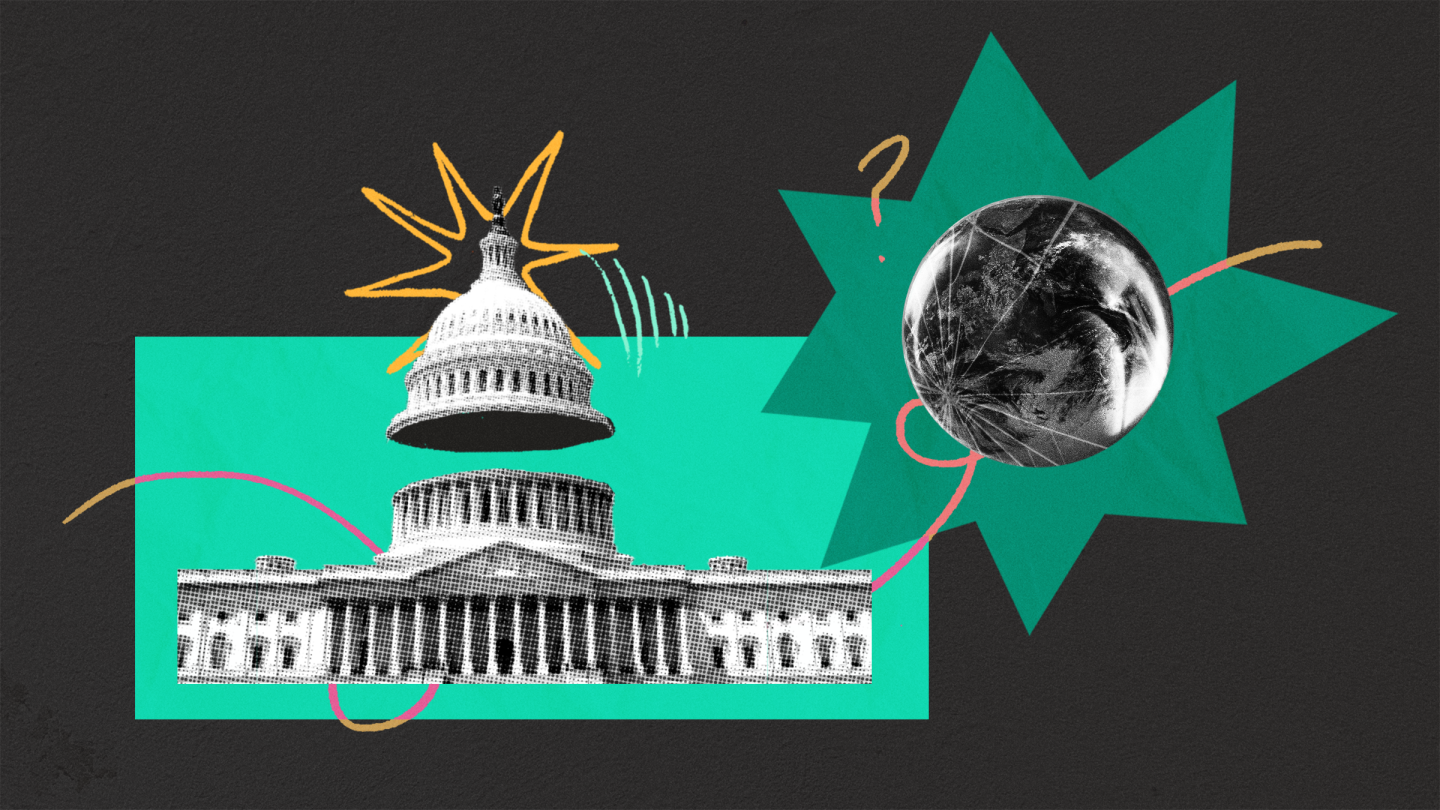Government shutdowns are rare in other countries – so why are they more common in the US ?

By
In short: The U.S. government averted a shutdown after lawmakers in Congress reached a temporary, 45-day deal to extend a continuing resolution to keep the government funded. This would have been the eleventh time the government has shut down since 1981 – meaning hundreds of thousands of federal workers wouldn’t have gotten paid, food assistance programs would have been left without funding, and housing assistance for people with low incomes could have been at risk.
Which countries have had government shutdowns?
No other country has had a government shutdown like the U.S., where important services grind to a halt due to lack of funding. But Northern Ireland came close.
Why does a government shut down?
Typically, a government shutdown means that the legislative branch of the government failed to pass a budget. Government-funded services eventually run out of money without a budget for the new fiscal year.
In 2017, Northern Ireland’s government collapsed after Deputy First Minister Martin McGuinness resigned. His party announced it wouldn’t replace him, the executive branch of the government subsequently collapsed, and Northern Ireland’s assembly didn’t sit in session for the next three years.
In those three years, the British government had to pass a budget for Northern Ireland to ensure its services didn’t run out of funds.
Back for more
Northern Ireland is in that same boat again. The country’s conservative party, the DUP, pulled out of the executive branch in February 2022 to protest against Britain’s trade deal with the European Union.
But a bill passed by the assembly just before the DUP left the executive branch will act as a stopgap measure and allow the assembly to carry on without an executive for at least six months.
Belgium has also gone without a government for long periods. But unlike the U.S., funding keeps coming in because until a new budget is passed, the old budget stays in effect. This is the case for many European countries.
The Overview newsletter
The news you need to navigate our world, delivered to your inbox every weekday afternoon.
How have other countries prevented government shutdowns?
For most of its existence, Britain’s parliamentary system has made a government shutdown virtually impossible.
How does a parliamentary system work?
In a parliamentary system, the party that holds the majority in the legislative branch chooses the head of government. If there are more than two parties represented in the legislative branch, sometimes multiple parties will have to form a coalition to gain the majority.
If parliament doesn’t reach a majority when it is first elected, or on a major bill, it is fairly easy to call a new election and start over with new parliamentarians who could potentially reach a majority.
And a 2011 bill made it much more difficult to call these elections, leaving Britain more prone to a shutdown. But parliament repealed the law in 2022, reducing the possibility of a shutdown again after a group of lawmakers threatened a “Trump-style shutdown” in 2019.
In Australia, which has a similar parliamentary system, “budgets have to be passed or else the government is usually forced to resign or Parliament gets dissolved.” New Zealand, Bangladesh, and Canada all have similar systems.
What's next for the government shutdown?
On Sept. 30, President Joe Biden signed a bill that keeps the government open for 45 more days, until Nov. 17. During this time, the government will be fully funded and include $16 billion in disaster relief funds. One White House official told Politico that the stopgap budget avoids “any version of the deep cuts to essential domestic programs that were proposed in the past few days.”
But the 45-day measure – coming just a week after Ukrainian President Volodymyr Zelenskyy met with Biden at the White House to advocate for more support – did not include aid for Ukraine.
Since Russia’s invasion of Ukraine, the U.S. has provided more than $75 billion in humanitarian, financial, and military assistance. While most of the aid is war-related, some also goes to refugees and independent radio journalists.
A bill passed by the House giving $300 million in aid to Ukraine is with the Senate, Punchbowl News reports, and could be one way the U.S. continues to provide aid to Ukraine.
The stopgap measure is also just that – a temporary fix that doesn’t protect the U.S. from another shutdown.
“We’re going to be right back in this place in November,” Rep. Alexandria Ocasio-Cortez (D-NY) said on CNN.
One way the U.S. government could prevent shutdowns indefinitely is to enact an automatic continuing resolution, which many European countries have, where if Congress can’t pass a budget, the current budget remains.
This has been done before. In September 2013, then-President Barack Obama passed an automatic continuing resolution that ensured many members of the U.S. military kept getting paid during a government shutdown.
Democratic Sen. Mark Warner proposed a law in 2021 that would enact an automatic continuing resolution for the government called the Stop STUPIDITY Act. In the wake of the most recent potential shutdown, Republican Sen. Ron Johnson has proposed a similar bill.






